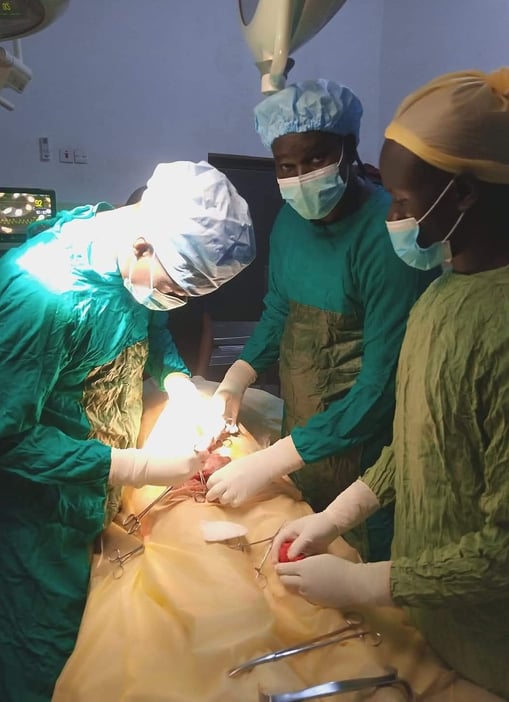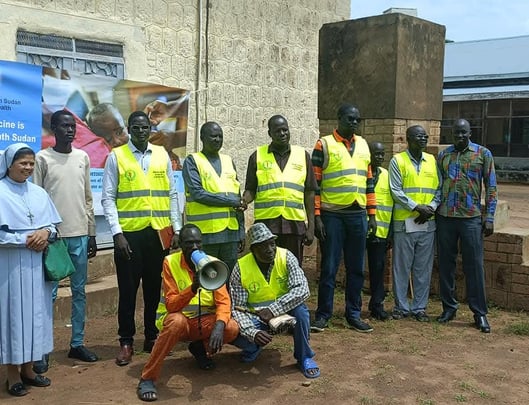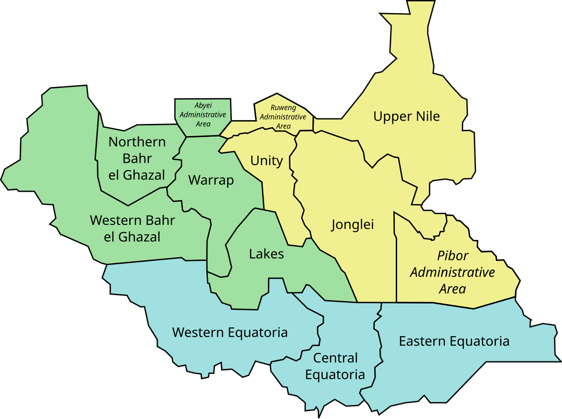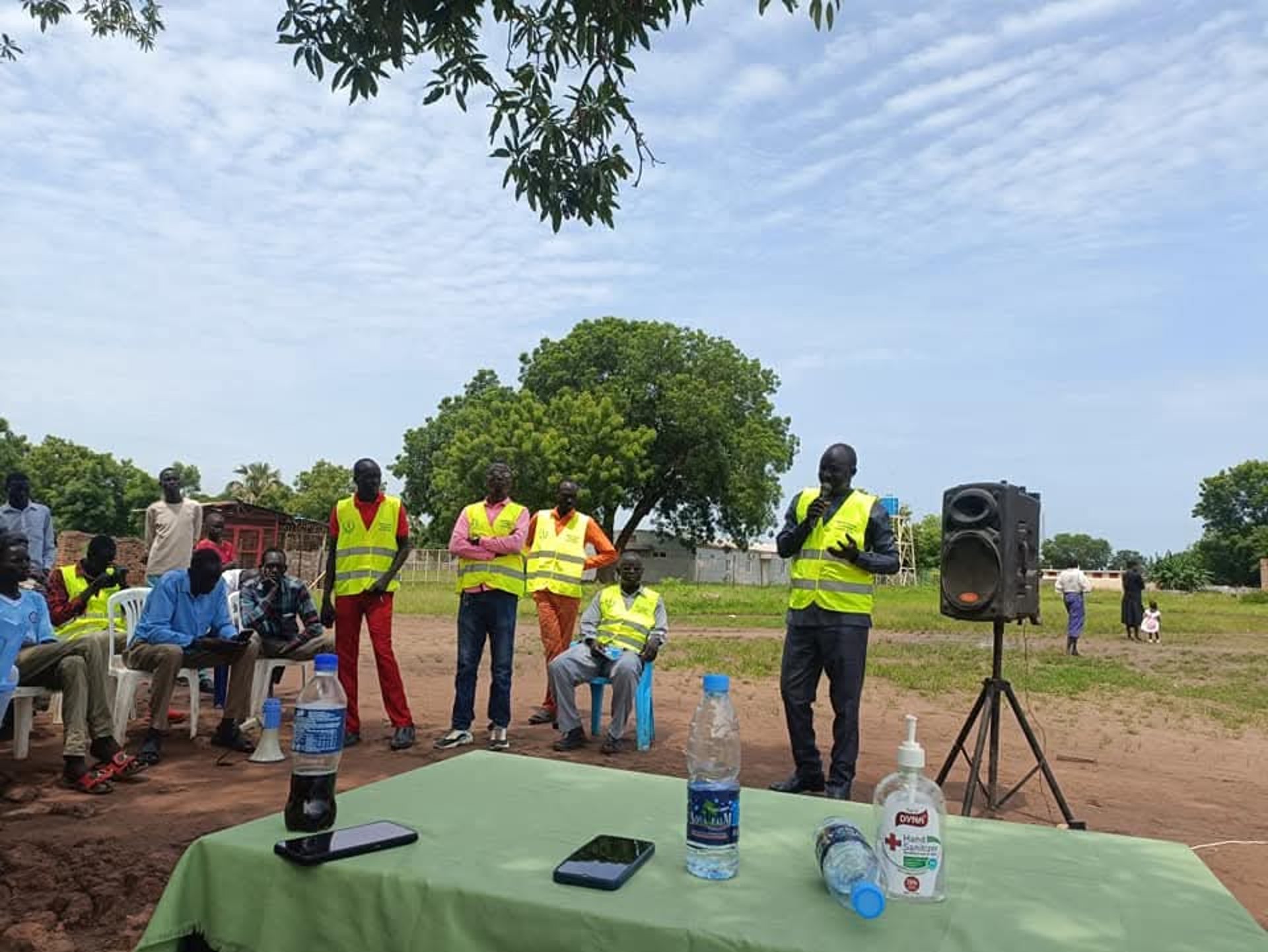
Enhancing Access to Quality Healthcare in South Sudan
South Sudan’s healthcare system is crippled by a severe shortage of medical professionals. The doctor-to-patient ratio stands at 1:65,000, far below the World Health Organization’s recommended ratio of 1:1,000. This gap leaves millions without access to basic medical care, particularly in rural and conflict-affected regions where health facilities are often nonexistent or nonfunctional.
As a result, preventable illnesses become life-threatening, and treatable conditions turn into chronic suffering.
Poor Quality of Care: Infrastructure and Resources
Even in operational facilities, the quality of care is compromised due to lack of funding by the national government. Many health centers lack basic laboratory equipment, leading to inaccurate diagnoses and ineffective treatment.
Essential medical supplies and drugs are frequently unavailable, leaving healthcare providers powerless. The absence of specialists, such as surgeons and pediatricians, exacerbates the problem, forcing many to seek treatment abroad.
Medical Tourism: A Double-Edged Sword
The lack of quality healthcare has driven many South Sudanese to seek treatment in countries like Kenya, Egypt and India. While medical tourism offers access to advanced care, it comes with significant risks, including exploitation, overcharging, and exposure to unregulated facilities.
HASS’s Vision: Providing Quality Healthcare
HASS is addressing these challenges through its Quality Healthcare program, which focuses on:
1. Increasing Operational Health Facilities: Establishing clinics in underserved areas, particularly in remote and conflict-affected regions.
2. Improving Infrastructure and Equipment: Upgrading health centers to meet basic standards, including access to electricity, clean water, and essential medical equipment.
3. Providing Essential Drugs and Supplies: Partnering with international and local organizations to ensure a steady supply of life-saving medicines.
4. Enhancing Laboratory Services: Investing in equipment and training for accurate diagnoses.
5. Strengthening Professionalism and Training: Collaborating with local institutions to enhance healthcare providers’ skills.
6. Collaborating with Local Hospitals: Improving the quality of care offered by existing facilities.
7. Providing medical emergency assistance: Responds to medical emergencies through rapid response teams, emergency supplies, and community health worker training.
The Health Situation in South Sudan: Key Statistics
Maternal mortality is among the highest globally, with 1,150 deaths per 100,000 live births (World Bank, 2020).
Under-five mortality stands at 96 deaths per 1,000 live births (UNICEF, 2021).
Only 44% of the population has access to basic healthcare services (WHO, 2022).
Infectious diseases such as malaria, cholera, and tuberculosis remain prevalent, with malaria accounting for 45% of all hospital visits (Ministry of Health, South Sudan, 2021).
Quality healthcare is a fundamental human right and a lifeline for South Sudan. By addressing critical gaps in the healthcare system, HASS is not only saving lives but also building a foundation for long-term development. With global support and local resilience, a healthier future is within reach.
